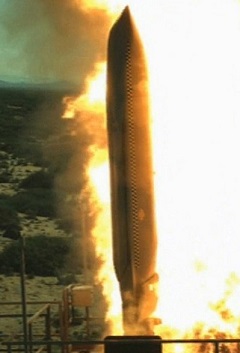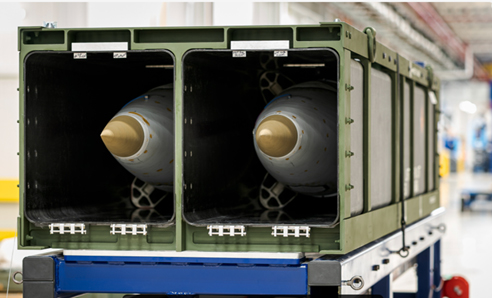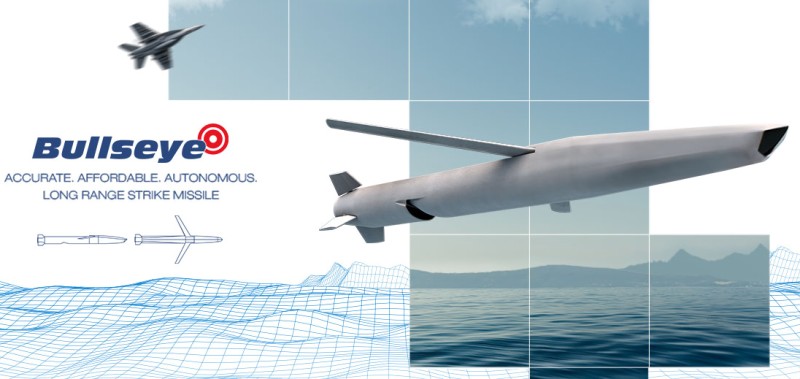
The surface-launched LRASM test in 2013. A Lockheed photo
ORLANDO (BNS): Lockheed Martin has recently conducted a successful controlled flight test of the Long Range Anti-Ship Missile (LRASM) surface-launch variant from a US Navy ship at Pt. Mugu Sea Range, California.
The latest test is the third successful surface-launched LRASM test. The previous two tests have been conducted in 2013 and 2014.
The latest test has proved the missile's ability to load mission data using the modified Tactical Tomahawk Weapon Control System (TTWCS+), align mission data with a moving ship and launch from the MK 41 Vertical Launch System (VLS) of the ship, Lockheed said on July 21.
The company had invested internal funds to provide an operational LRASM and to refurbish the test ship's MK 41 vertical launcher.
"This demonstration from a moving ship in a dynamic at-sea environment was a critical step in proving the maturity of the surface-launch variant of the weapon. LRASM was also tested successfully from a ground-based MK 41 VLS "Desert Ship" in 2013 and 2014," the company said.
Integrating LRASM with the VLS will provide every Aegis destroyer and cruiser with a long-range, survivable anti-surface warfare distributed lethality capability, it added.
The LRASM is a precision-guided anti-ship missile leveraging on the successful Joint Air-to-Surface Standoff Missile Extended Range (JASSM-ER) heritage, and is designed to meet the needs of US Navy and Air Force warfighters in a robust anti-access/area-denial threat environment.
The surface-launch LRASM variant was built on the same production line as JASSM, JASSM-ER and LRASM air-launch weapons, and delivers the same long-range, precision capability.
 Previous Article
Previous Article












The Indian Air Force, in its flight trials evaluation report submitted before the Defence Ministry l..
view articleAn insight into the Medium Multi-Role Combat Aircraft competition...
view articleSky enthusiasts can now spot the International Space Station (ISS) commanded by Indian-American astr..
view article